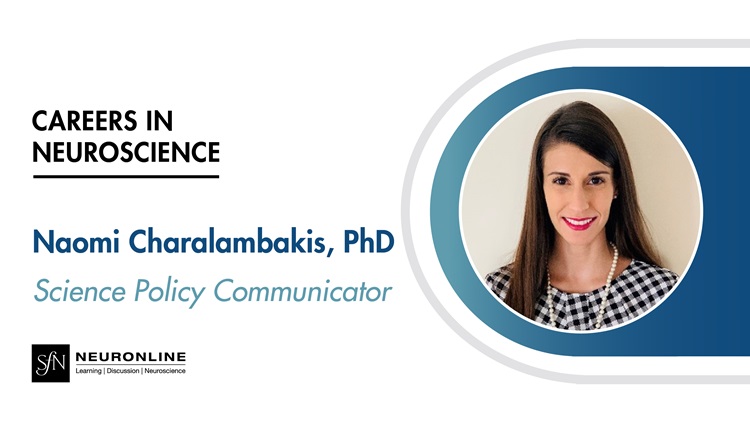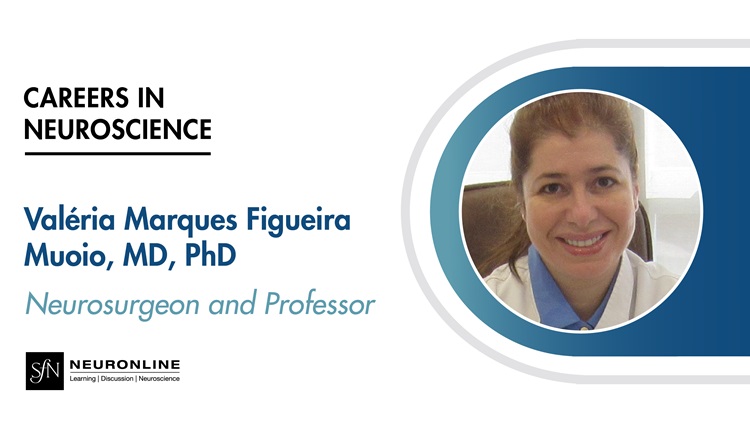
When thinking of a career in science editing and publishing, most people assume it means working for a peer-reviewed journal like The Journal of Neuroscience. While that is certainly one type of editing, the breadth of science publishing includes many other options:
- Online publishing: includes opportunities to design digital interactive books or other kinds of innovative products. This requires good vision and feel for how online products can take full advantage of digital media.
- Editor at a peer-reviewed journal: responsible for reading papers, selecting those suited for publication, and overseeing the peer-review process, including communication with authors during the review process.
- Copy editor: this type of editing is found across journal, news, and book editing and is mainly focused on the accuracy, grammar, and consistency of the piece.
- Acquisitions editor: develops the list of book titles for a book publishing company and finds appropriate authors to expand this list. May include traveling to meet prospective authors.
- Developmental editor: Once the acquisition editor finds an author, this person works with the author to develop the book and may read the initial outline and chapters to give feedback as the book is being written.
- Substantive editor: Once a book manuscript has been written, the substantive editor will read it critically to make sure it is both clear to readers and scientifically sound.
- Executive editor: manage a team of editors and help plan the direction of the overall editorial program while still keeping a hand in the editorial process.
- Editor at a nonprofit or foundation: writes marketing materials, online stories, and press releases.
Different editorial positions exist worldwide and those in science publishing value communication, are highly organized, and are content to spend much of the day reading. While most people go into science publishing after getting their PhD, the full career guide has information on how to enter the field from any career stage. It also includes details on salaries, the employment outlook for the field, and a typical career trajectory.
Read the full Science Publishing Career Path Guide to learn more about the education, skills, and experiences you’ll need to excel, and the employment outlook you can expect.

.jpg?h=423&w=750&la=en&hash=5874576AB4EF551095D71B87EF35C5F1D909877E)





